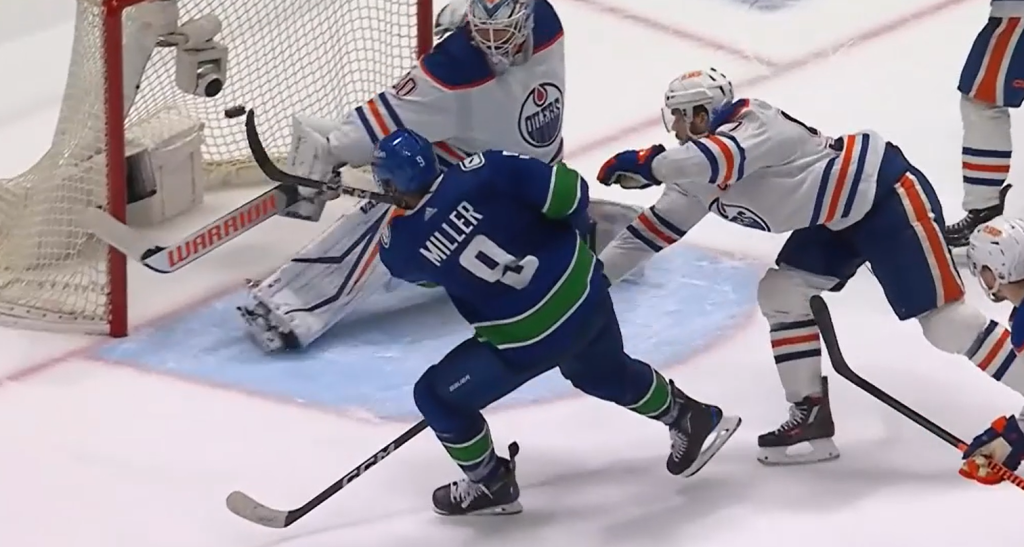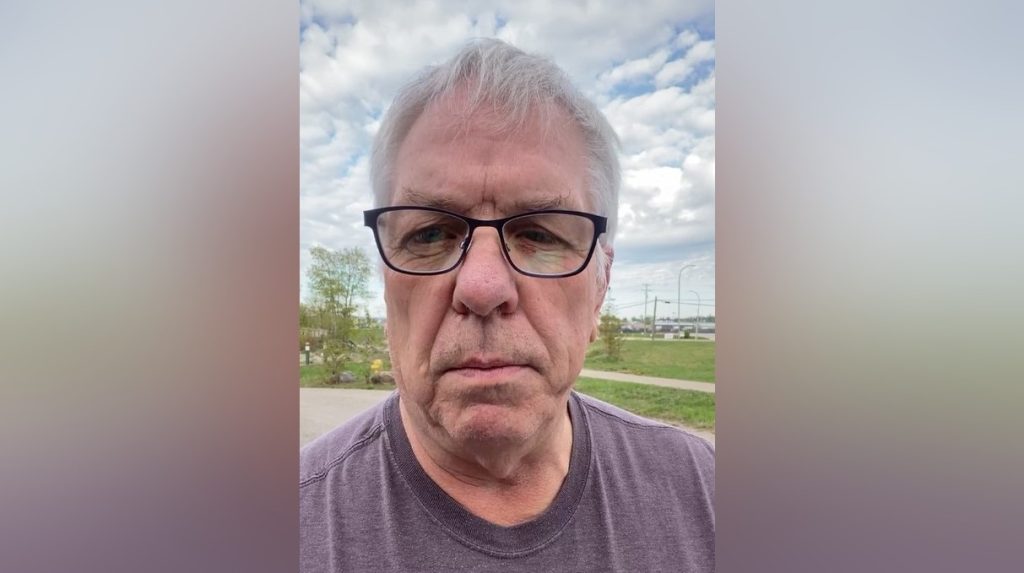Ontario post-secondary school launches Mohawk language learning app
Posted November 20, 2017 5:21 am.
Last Updated November 20, 2017 12:00 pm.
This article is more than 5 years old.
A southwestern Ontario post-secondary school has launched an app to help people learn the endangered language of Mohawk.
Six Nations Polytechnic says the app, available for Apple and Android devices, is a new way to try to revitalize the language.
“The whole goal is to have our languages back in the homes where people are speaking to one another in their families, and having an app helps do that a little bit because you can take the language into the homes,” said Thomas Deer, the language program director at the school.
The app comes on the heels of the successful launch of a similar one from the school about learning the Cayuga language, which is only spoken by about 40 people on Six Nations of the Grand River territory near Hamilton, Deer said.
Deer said it’s too early to say if the Mohawk app is a success as it only launched last week, but the school is buoyed by the more than 700 people who have downloaded the Cayuga app.
To build the new app, Deer said the school teamed up with Thornton Media, an American Indigenous company that is doing work to help revive aboriginal languages.
Students in the language program as well as community members learning Mohawk added their voices to the recordings on the app, Deer said.
Users can browse different categories to explore greetings, numbers, places, feelings, clans and nations. They can also record their attempts and compare the audio to the proper pronunciation.
Mohawk is only spoken by about 2,350 people in Ontario and Quebec, according to results of the latest census. Cayuga isn’t listed.
The results of the census, released in late October, show 260,550 Aboriginal people in 2016 reported being able to speak an Aboriginal language well enough to conduct a conversation, which has grown 3.1 per cent since 2006.
Statistics Canada also said the number of people speaking an Aboriginal language exceeded the number of people who speak an Aboriginal mother tongue.
“This suggests that many people, especially young people, are learning Aboriginal languages as second languages,” Statistics Canada wrote.
That finding speaks to Deer.
“The goal is to get back to how our parents spoke, like my parents, where Mohawk was the first language they learned and that’s all they spoke to one another,” Deer said. “That’s the goal, but I don’t know how long will take.”










